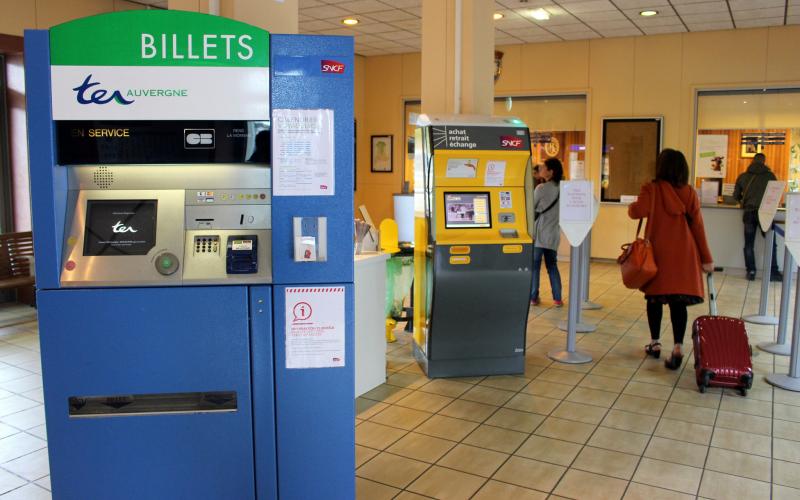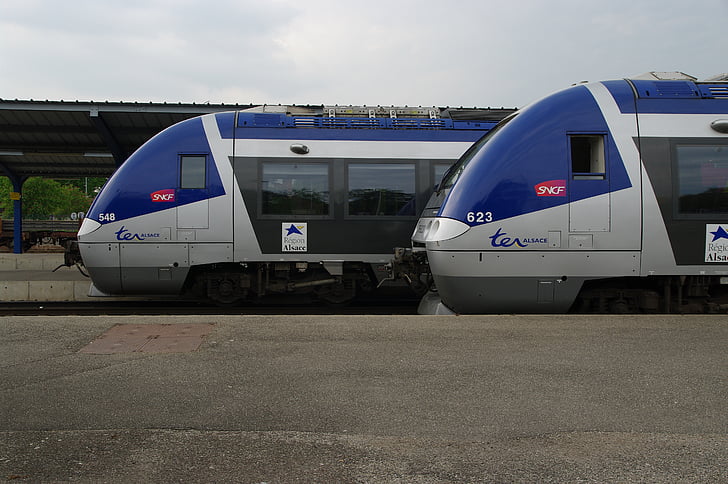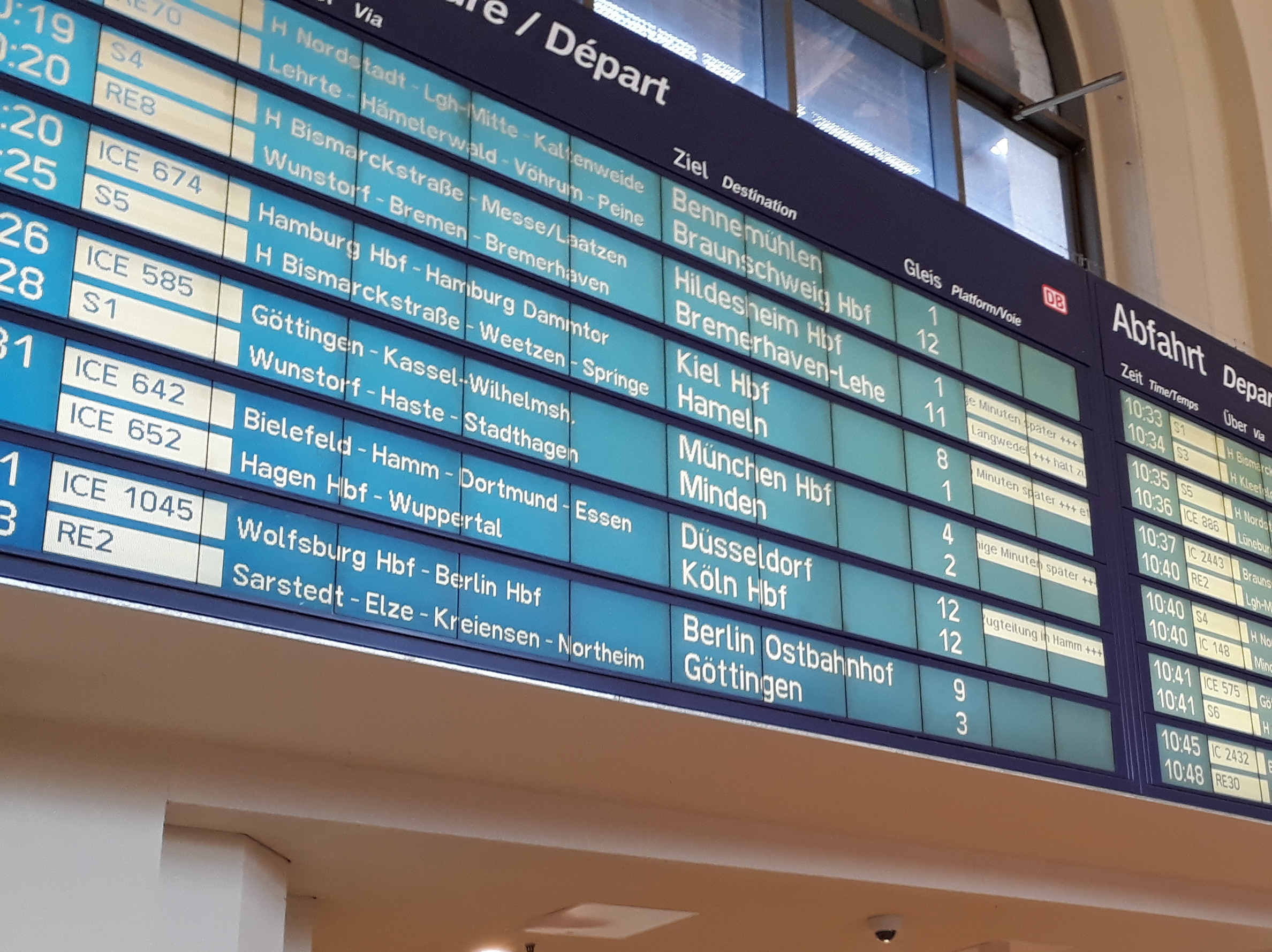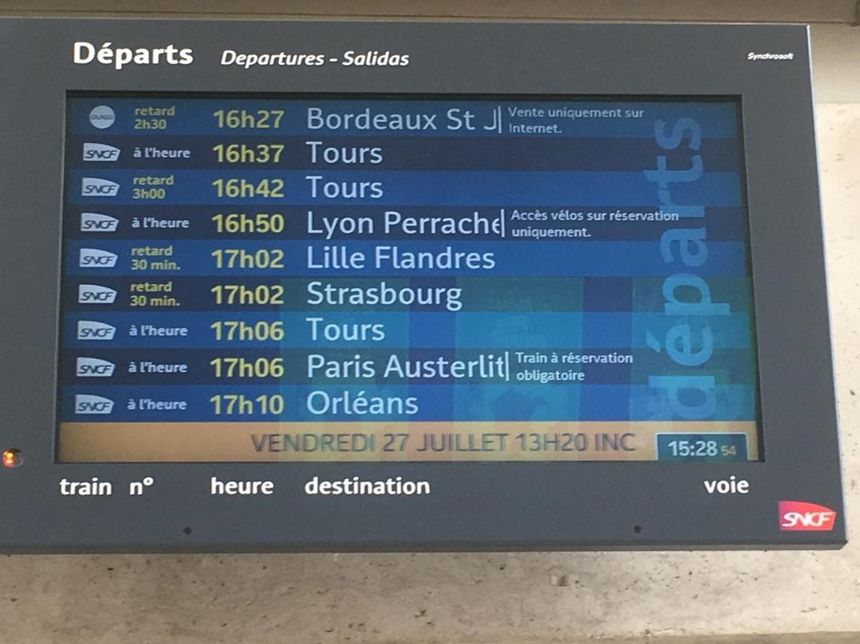Transit in France: a messy patchwork
Jordan Maris, October 31, 2022
Part of the reason France’s regional services struggle to attract passengers is a poor passenger experience: what are the issues and how do they affect passengers?
In the last article, we discussed some of the issues that plague the infrastructure French Regional Transit operates on, and concluded that the main hurdle is the lack of real responsibility and funding for maintenance.
In addition to the many issues with France’s regional transit infrastructure, there are also serious problems with the way services are operated that leave citizens frustrated, with little choice but to drive.
A multitude of networks
In France, a plethora of public transport services are provided on different levels: TGVs; Intercity trains; Regional trains; Regional, Departmental and Municipal Coaches; school buses; trams and buses operated by cities; and even trains operated by cities in some cases.

Despite this, there is no federation between these different forms of transport: each has its own separate web presence and network map, ticketing system and pricing. Often there is little to no coordination regarding connections, or even areas served, meaning some services are partially or totally duplicated, and there is little to no complementarity.
Furthermore, passengers have no way of discovering these options, and must know about each individuals service, and buy individual tickets for each stretch of their journey, calculating the connections themselves, and often suffering long wait times between different modes. In the event of a delay, there is also little to no coordination between operators.
There is also little to no coordination with the Intercity and TGV services. The result is that sometimes the TER you need to take will depart minutes before your Intercity train arrives. Worse still, if your train arrives in the evening, that TER that left minutes before your train arrived at the station could well have been the last one of the day, forcing you to make alternative arrangements.
The TER brand

Then comes the challenge of the “TER” brand: the brand is incredibly well known to the public, and stands for “Train Express Régional”, and yet some of these services are neither trains, nore are they express services. In reality, TER is the only form of regional train in France, and covers three different types of service: interurban regional services, periurban and suburban services, and rural services.
In short, TER tells the passenger very little about the type of service they are using and what they can expect from it: some TERs come multiple times an hour, others only a few times a day.
To understand why this is an issue, we need but compare the experience of taking a regional train in Germany, versus that of taking one in France.

Upon arrival, in Germany you are presented with a lot of useful information:
The type of service: RE for Regional Express, RB for Regional Trains, S for suburban, IC for Intercity, ICE for Intercity Express, and, for instance, FLX or THL for private operators Flixbus and Thalys.
The line number: If you regularly use a service, you just need to glance up and find its line number.
The destinations: The board flicks through intermediary stops, while constantly showing the terminus.
Easy to remember line numbers allow you to quickly find the trains that get you where you want to be if you are a local (or if you have made use of a public transport app), while the different designations help you get an approximate idea of which services are faster and most frequent.

And in France? Trains have numbers, but lines do not, these numbers are 4 or 5 digits long and difficult to remember, and are only displayed half of the time (while the rest of the time the status of the train is displayed).
Two trains with the same destination but only one with intermediary stops? Both are TERs even though they have radically different service, If you are lucky you may get a slowly scrolling list of intermediary stops, or you may remember your train number. If you are late, you find yourself panicked searching hopelessly for your train or train number to find out which platform you have to dash to.
These issues arose because TER does not designate a type of service, but is rather a brand of the SNCF. Since the opening of the rail market to competition, while most trains will remain operated by the SNCF, it is possible that other operators will take up certain TER services, which will be even more confusing for passengers, for whom TER is instinctively linked to the SNCF.
This also creates issues in communication between passengers, operators, network managers and political authorities: this issue has already reared its head in Paris, where the SNCF and RATP often receive complaints on twitter about train and tram services they do not operate, and where a multitude of apps and social media accounts exist, often with contradictory information.
Suburban services
Suburban services in most French towns and cities are inferior to those of most of our European neighbours. The few periurban services that do exist are branded as “TER”, and operate on a schedule that is not at all adapted to suburban services (three to four trains a day).
This is primarily because cities simply can’t afford to operate rail services, and regions do not feel responsible for operating them. Bringing these services in line with our European Neighbours could considerably increase the number of journeys made by public transport, giving citizens a greener and faster morning commute, and reducing car traffic in French cities.
The lack of intercity trains
In 2016, The French Government began pushing regions to take on public service contract Intercity services, often leaving them with an unbearable financial burden. This has resulted in many services, such as the Montluçon-Paris Intercités, being replaced by TER services with significantly more stops, longer journey times, and changes. This means that the bulk of France’s Intercity rail services are TGVs, leaving areas without TGV service isolated.

There is also a total lack of Intercity services that do not run via Paris. While the French North-South access is well catered for in Intercity services (TGV Atlantique to the west, Intercités Paris-Orléans-Limoges-Toulouse and Paris-Nevers-Clermont-Fd in the centre, and the TGV Paris-Lyon in the east), there is a total absence of East-West Intercity services, leaving passengers to either travel via Paris, or take an unreliable chain of TERs.
Failing to make good use of the available Infrastructure
Finally, there is the wider issue that French Regions fail to make the best use of the infrastructure available to them, by running few or no services on rail lines. This has a double negative effect: SNCF Réseau and the region are wasting public money by paying to maintain the line, but not exploiting its potential, all while reducing the offer available to citizens. This issue is further compounded by the disappearance of many Intercity services in France.
Conclusion
To sum up, both the structure, designations, and design of French transit services needs to be redesigned from the bottom up in a way that focuses on the experience of users. However, beyond user experience there will be a need to rethink timetables and subscriptions, which we will look into in the next post.
This Article is the forth of a series on fixing France’s regional trains. You can find out more in the introductory article, here.